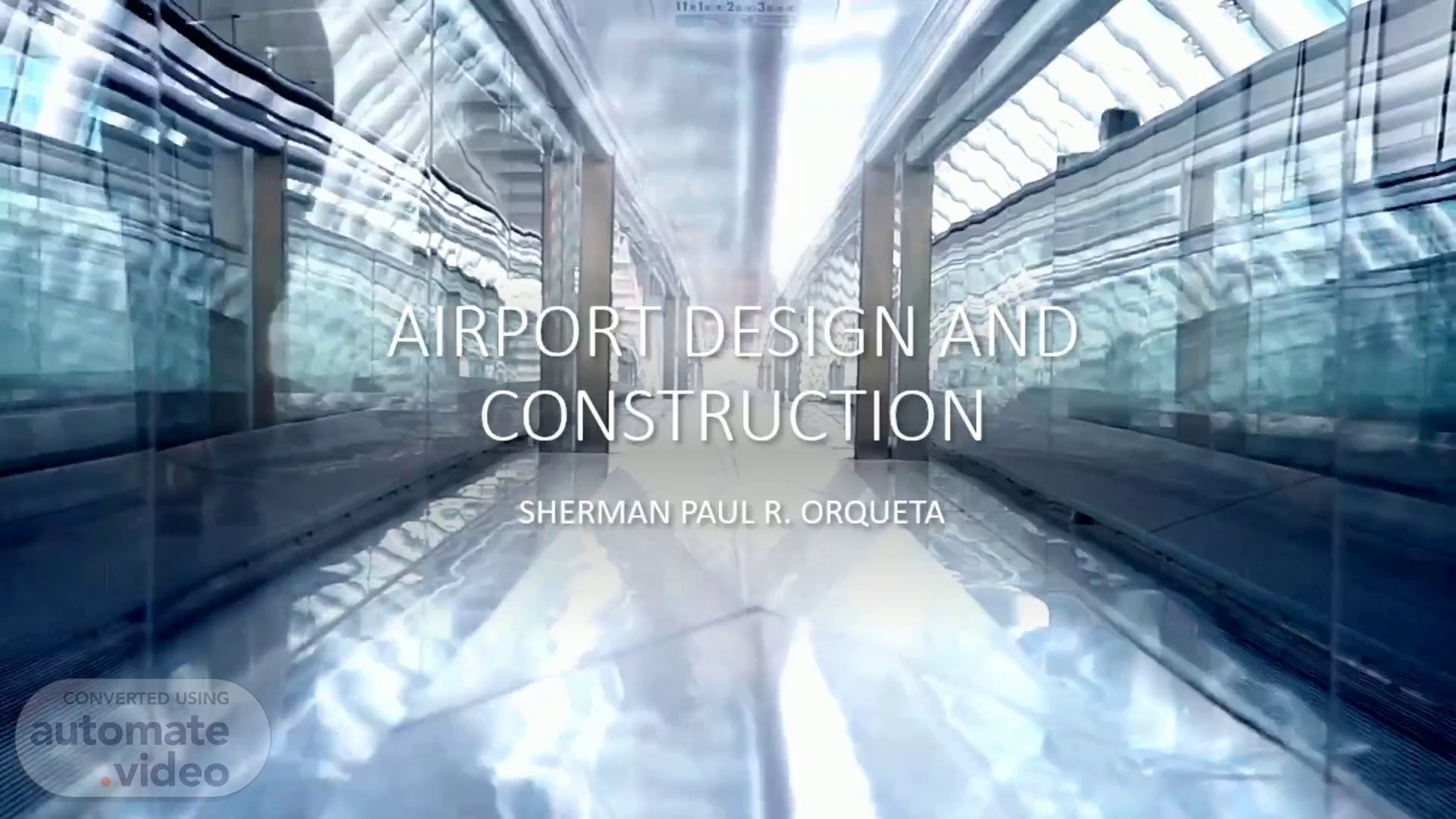
Page 1 (0s)
People In A Building. AIRPORT DESIGN AND CONSTRUCTION.
Page 2 (7s)
[Audio] The airport location I chose is Palawan. Situated between the Sulu Sea and the South China Sea. 2000 km (1243 mi) of shoreline are renowned for having some of the most stunning seascapes and coral reefs that are protected (Palawan Island, n.d.)..
Page 3 (27s)
[Audio] Environmental impact of airport operation: Environmental worries: Clearing land for airport runways, terminals, and other buildings has the potential to disturb local ecosystems and displace species. Noise pollution: Airport operations, particularly aircraft take-offs and landings, may disturb wildlife and adjacent communities, affecting both terrestrial and aquatic species. Air and Water Pollution: Increased air traffic and car emissions, as well as potential hazardous material spills, might all contribute to air and water pollution, hurting both terrestrial and marine environments..
Page 4 (1m 10s)
[Audio] Funding sources: Tourism taxes: Palawan's reputation as a tourist destination may allow for the implementation of tourism-related taxes, which might be used to fund airport construction and upkeep. Government Funding: The Philippine government may contribute significantly to the initial finance for airport building. Airport User Fees: Passenger fees, airline landing fees, and other airport-related levies may contribute to operational income..
Page 5 (1m 45s)
[Audio] Steps involved in design, development and construction: Site selection: Choose an appropriate location by taking into account considerations such as environmental effect, accessibility, and land availability. Design and planning: Create detailed airport designs that adhere to international safety and environmental requirements, such as runways, terminals, parking, and other facilities. Regulatory approvals: Obtain the required authorizations and permissions from the pertinent government and environmental authorities..
Page 6 (2m 23s)
[Audio] Environmental considerations: Water management: Implement water saving methods and wastewater treatment to keep adjacent water bodies clean. Community engagement: Engage the neighborhood's residents to address issues, offer job opportunities, and make sure the airport benefits the area while minimizing negative effects. Sustainable infrastructure: Embrace sustainable design ideas, such as using energy-efficient construction, renewable energy, and effective trash disposal methods..
Page 7 (3m 0s)
REFERENCE.